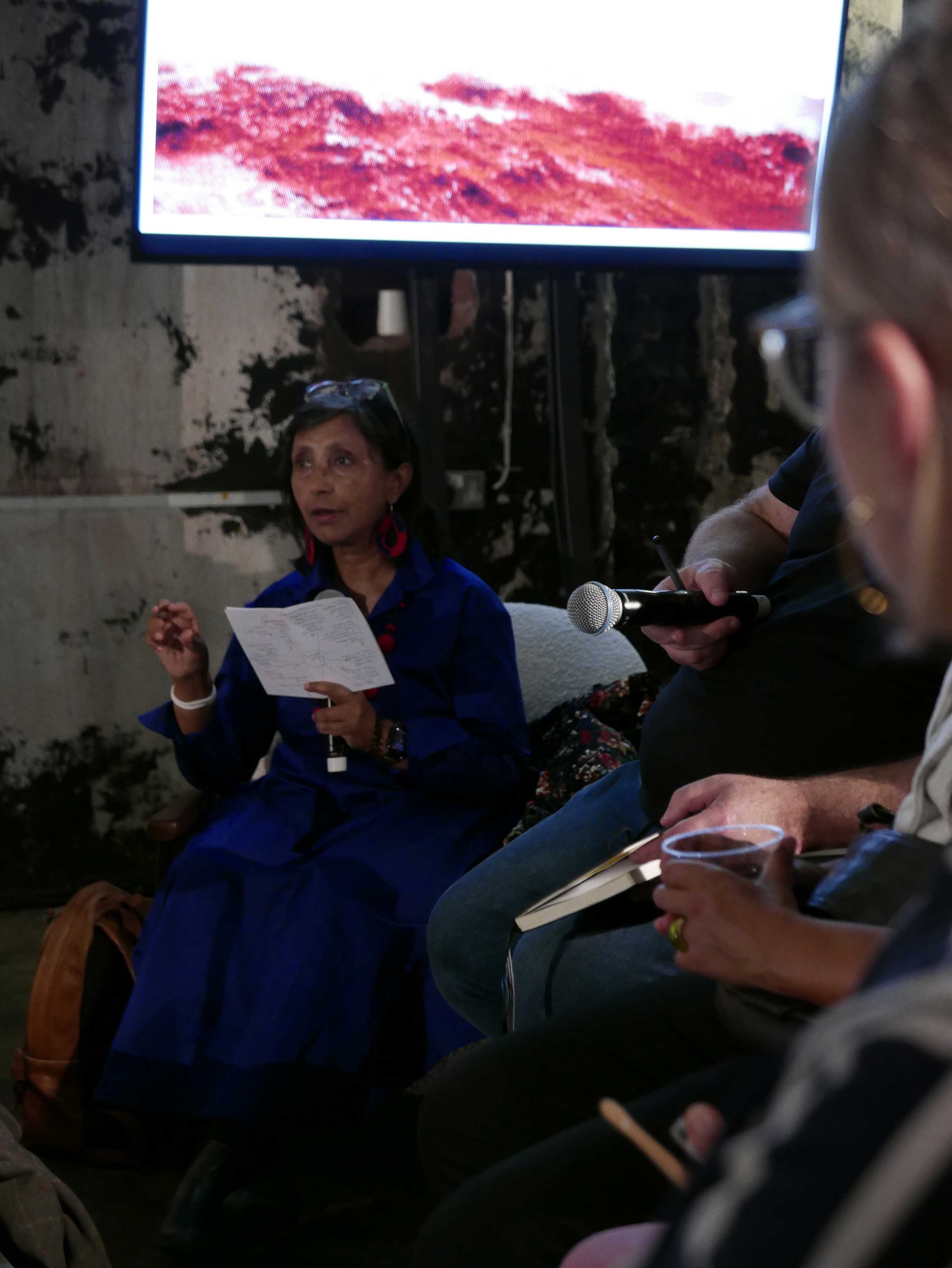Negroni Talks #S14 - Wednesday 18th September 2024 (in association with Material Matters)
Is Architecture Coming Round To The Circular Economy?
The UK public love The Repair Shop on TV, as grandad’s favourite old toy is given a new lease of life. Sadly, in terms of the climate crisis, the re-use of objects has a pretty negligible impact compared to something like the construction industry and we urgently need to look at the consumption and waste involved, whereby perfectly good interiors are ripped out for corporate fit-outs and whole buildings are demolished and thrown on the scrapheap. We simply don’t have the carbon budget for this level of destruction, but what can be done?
Circular Economy principles show us that we can close the loopholes between processes of making, maintaining, dismantling and disposing, with leftovers from previous projects becoming part of a new cycle. There have been good recent examples of people carefully cataloguing reusable building elements for new applications, while some waste can be broken down and turned into new products. The throwaway attitude that is incumbent within our built environment cannot continue unchecked and so initiatives such as material passports or alternative methodologies could hold the key for a low-carbon industry.
Unfortunately, not all materials are ready to be repurposed. Timber is often celebrated for sustainable construction, but its structural integrity does not stand the test of time and it’s cut to size components cannot easily be reused. Whilst steel can be melted back down (with the associated energy costs being a factor) and reformed to be put to alternative uses, integrity testing is required and not everything will make the grade. It appears that very few circular economy projects can scale up to any kind of significant level in the reuse of construction elements, due to practicalities, cost demands, and a lack of funded facilities/labour for the sorting of waste, testing, and re-distribution. With so many companies involved across product supply chains and the political lobbying enacted by some of the big material producers, can a vision for a new building economy ever succeed?
We need designers, engineers and researchers to provide strategies if a circular economy approach is ever going to work, along with enlightened clients willing to experiment and an entire infrastructure to manage the process. What energy will be required in all of this and how much of it needs to be directed at politicians to enshrine a new joined up approach? What criteria should future accreditation/certification be based upon? Can the building economy ever truly be circular or is the idea just the latest in a long line of best intentions or design fads?
Featuring:
Steve Sinclair, fourth_space (chair) Wolf Mangelsdorf, Buro Happold
Sumita Singha, Ecologic Architects
Shikha Bhardwaj, Hawkins\Brown
Katie-May Boyd and Charlotte Kidger, Studio TIP and all others who want to contribute….
On the night….
Photos: Rob Fiehn




















